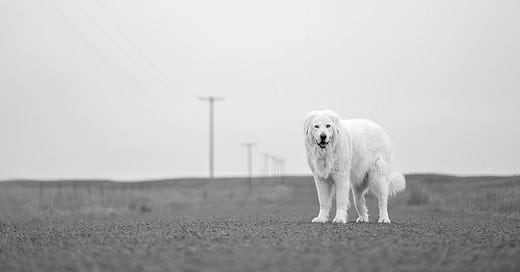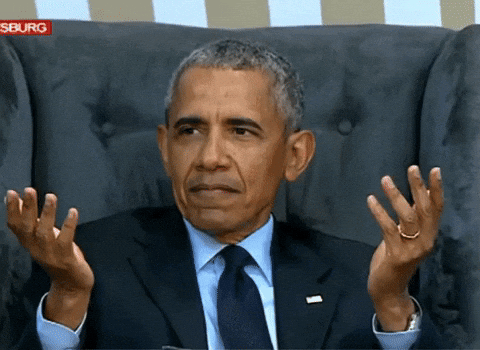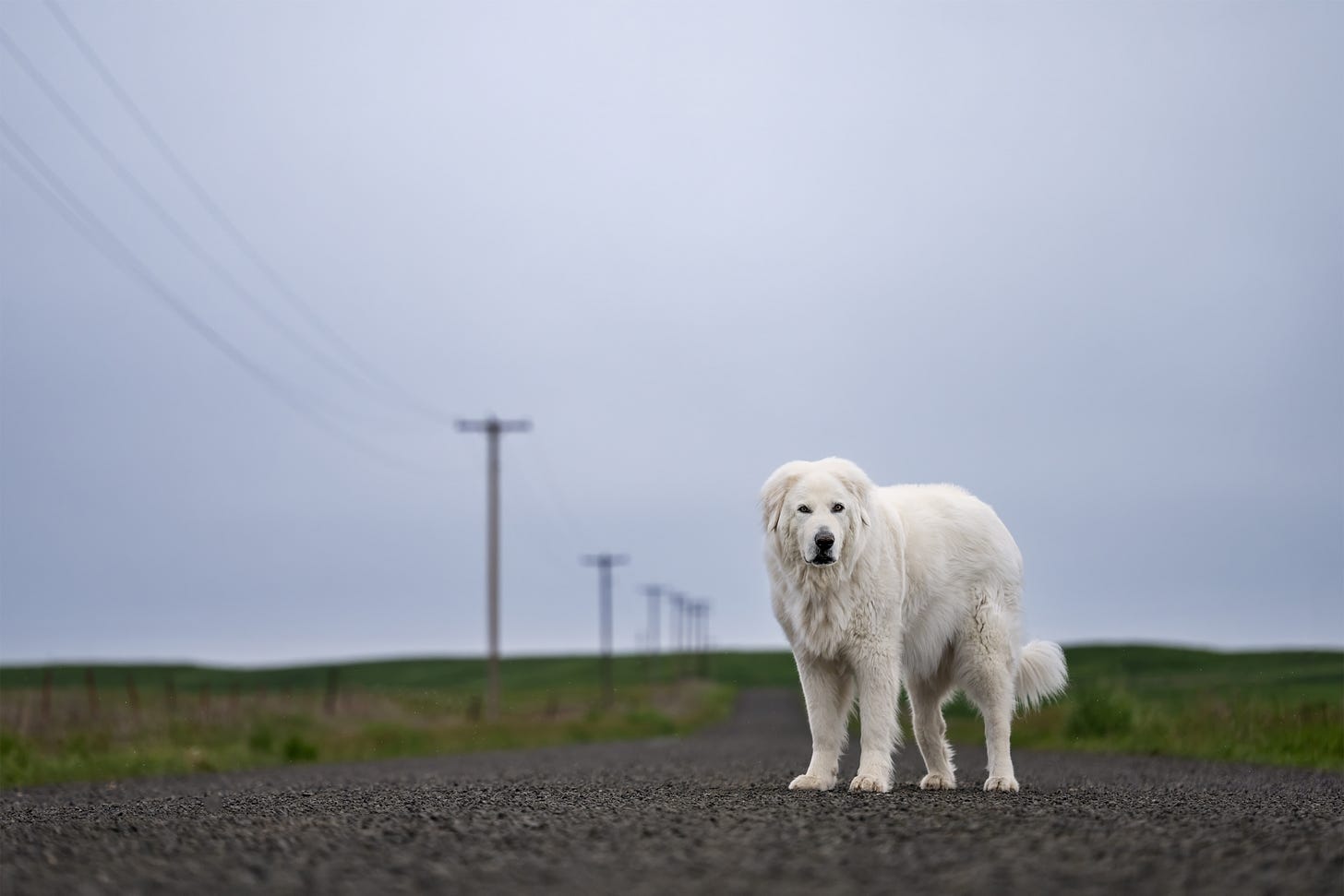Overcast skies and high-key lies: What really matters in bright, airy photography
Dog Photography
You might’ve heard someone say it’s “too easy” to create high-key imagery just by switching to black and white.
Let’s set the record straight.
High key isn’t about filters or color mode.
It’s about light.
How you find it, shape it and use it with intention.
You can’t shortcut that with a desaturation slider.
Overcast skies are a gift
I saw the day developing in front of my eyes.
I booked a Sniffspot in Medical Lake, Washington — one of the Sniffspots I’ve included in my summer promo called Adventures With My Copilot — but when I looked skyward I saw opportunity.
The next challenge on my list for the Unleashed Education “Emerge” course was called Highs and Lows.
I knew the challenge was to deliver either a high-key or low-key image. I did not read the creative brief but we’ll get to that in a second.
Once we left the Sniffspot, I had the image in my head. We had been down this road before … no, really. Like, not figuratively speaking. We have explored Eastern Washington and driven down this exact road, so I saw in my head the image I wanted to execute.
The sky was soft and even, a blanket of gray cloud that wrapped everything in this gentle stillness.
No hard light.
No harsh shadows.
Just clean, diffused light — perfect for what I had in mind.
What most people might call a “dull day” was actually an ideal day for high-key photography.
We jumped out of the car, and Bella gave me the pose of a lifetime. Standing tall, calm and utterly present — her white fur practically glowing against the muted tones of the landscape.
That image? It’s not high key because it’s black-and-white. It’s high key because the light was already there, doing the work.
She pops off the stark background, an area lay barren by progress and a move to urban centers.
It’s ethereal, peaceful and maybe a little bit haunting — and none of that came from a preset or filter.
The forgotten roads of Eastern Washington
That road? It’s more than a backdrop. It’s part of a story most people don’t see.
Much of Eastern Washington was once a hub of movement and commerce. Trains rolled through on tight timetables, grain elevators towered over small towns and agriculture fueled busy, close-knit communities.
But then the motor car came, highways sprawled and rail travel lost its place in everyday life.
The trains stopped.
The towns shrank.
The grain depots quieted down.
Now, you can drive for miles and see ghost towns slipping into the dirt, abandoned farmsteads leaning with time and wide-open spaces that whisper about what used to be.
It’s quiet out here in a way that settles into your bones. And on that overcast day, with Bella standing in the middle of it all, it felt like everything lined up — the history, the light, the stillness.
She wasn’t just part of the photo.
She was holding the space.
Shooting with intention. Editing with clarity.
Let’s talk technical for a sec.
There’s a big difference between shooting an image right and trying to fix it later. A strong high-key photo starts with:
Soft, even lighting
A clean exposure that protects highlights
Low contrast and gentle tonal transitions
A subject that naturally fits the mood
Then comes editing — and editing should enhance, not rescue. For Bella’s image, I focused on lifting the midtones just enough to keep her detail while preserving that light-soaked background. I didn’t crank anything up to 11, Spinal Tap-style.
I just let the light breathe.
Then I checked the brief
So, yeah, I probably should have done that first but once I get an idea in my head, it’s difficult to stop me.
(My mother, who died in 2022, warned my husband on any number of occasions: do not get in Angela’s way.)
When I see a purpose, a vision, I am all in.
So I had that shot. And my mentor said it was dripping with gorgeousness. I was all stoked to enter that as my high-key image.
Then I read the brief.
Create a colour image using either high or low key lighting, where the posing of the subject and editing choices support the emotion and mood of your chosen style.
Fuck. Colour?
Now what?
I had to reshoot.
What’s the takeaway?
I’m disappointed I couldn’t enter that one image.
It’s more than a high-key image. It’s an ode to Bella and I bootin’ around the backroad, enjoying time together in her post-hiking era.
With her being 11 years old and hampered by osteoarthritis, we focus more on car adventures and exploring by putting more miles on our tires than the soles of our feet.
I mean, I could have entered it as a colour image.
I would have had to work it a bit more in Photoshop to get it “high key” but I made a commitment to create my entire gallery in black-and-white.
So I had to find as monochromatic an image as I could and I did the job but you have to wait until tomorrow to see that.
At the end of the day, though, high key isn’t something you “turn on” in Lightroom or Photoshop. It’s not a trick or a trend. It’s a collaboration between light, subject, environment and post-processing.
It’s about seeing what’s there and knowing how to bring it forward.
And sometimes, what’s there is a wide gravel road, a sky full of soft light and a big white dog who knows exactly how to own the moment.
You don’t manufacture that kind of image.
You jump out of the damn car and take the shot.







